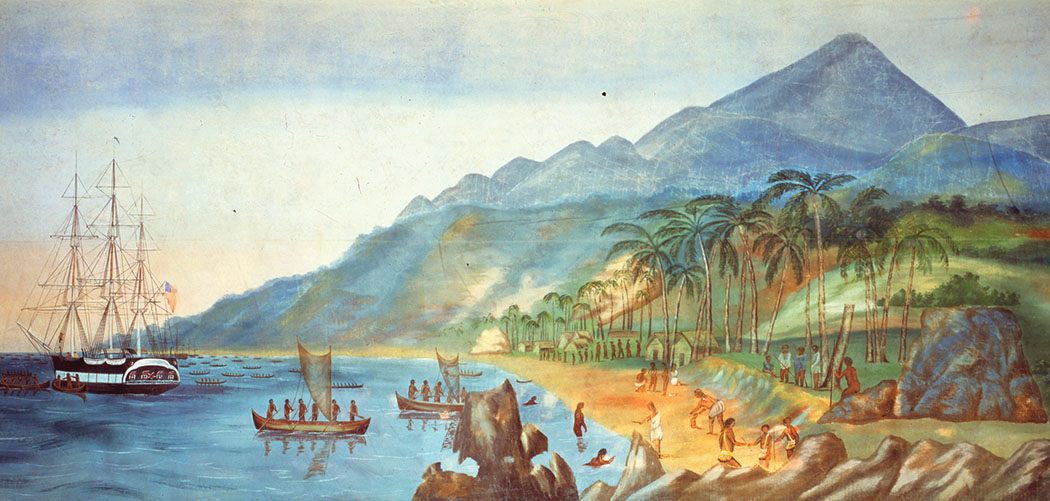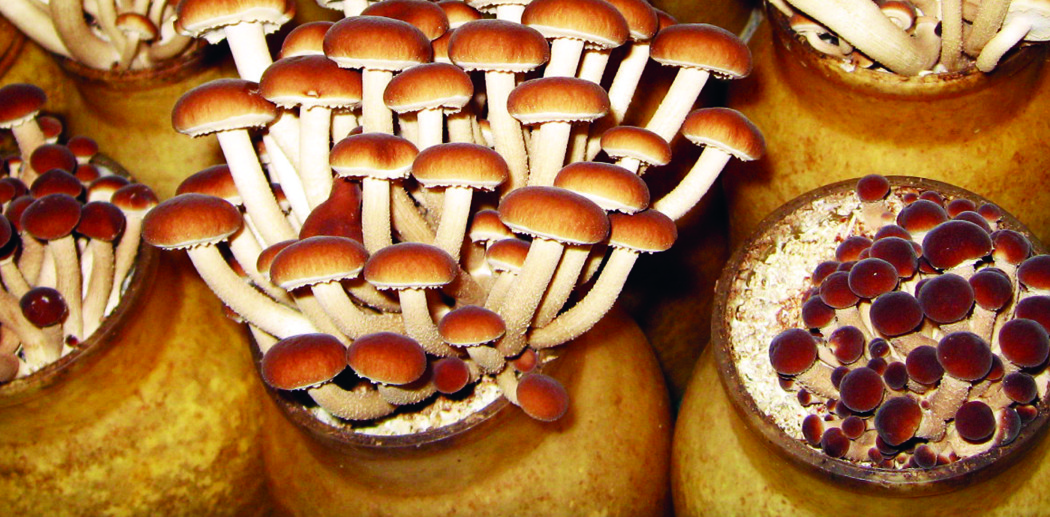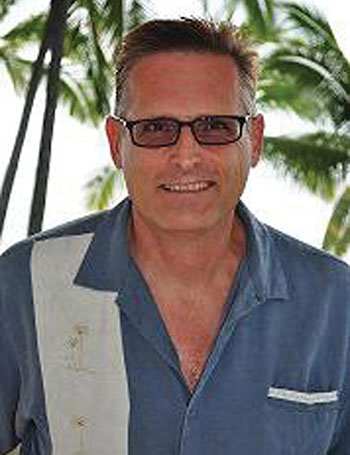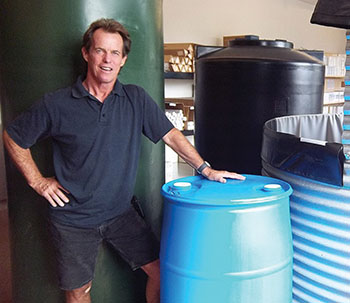
Then & Now: Hawai‘i & Leviathan–The Fascinating Tale of Whaling Ships on Hawai‘i Island
 By Pete Hendricks
By Pete Hendricks
They had been swimming the Pacific Ocean for millennia. As humans extended their reach eastward, southward, and northward across the great ocean, leviathan and Polynesian often crossed paths. Thus, the first Polynesians to populate Hawai‘i incorporated the world’s largest creature into their creation chant, the Kumulipo.
“Hanau ka palaoa noho I kai”—
“Born is the whale living in the ocean”
– as stated in the Second Era of the Kumulipo
It is clear that whales occupied a special place in Hawaiian culture. Hawaiians were not known to hunt and kill whales, but did use items from dead whales washed ashore. The lei niho palaoa, a necklace of a sperm whale tooth suspended from woven human hair, was a symbol of the first born in chiefly families.
It is unclear just when the largest numbers of whales, the humpbacks, began to winter in Hawai‘i to mate, calve and nurse their young. Today, people flock to Hawaiian waters to view in amazement the humpback whales, but this wasn’t always the case.
Although Hawaiians didn’t hunt the whale, whale hunting for meat, bone and oil has been practiced by coastal peoples around the world for centuries, and inevitably, the Pacific seafarers made their way to the island shores, including Hawai‘i Island. The Basques of Spain, the Algonquin of North America, Eskimos, Asians and Pacific Islanders all hunted whales near shore. Yankee whalemen started around 1650 from Long Island Sound, hunting whales close to land in small boats. The seagoing hunt later spread to all oceans of the world. The first commercial whaler to enter the Pacific was the British ship Emilia in 1789; American whalers from New England soon followed. The American whale ships Balena and Equator visited Hawai‘i in September, 1819, shortly after the death of Kamehameha I, and just before the arrival of the first missionaries. The first commercial take of a whale in Hawai‘i preceded the flood of British and American whalers.
The Balena and Equator visit resulted in a sperm whale killed off the island of Hawai‘i near Kealakekua Bay. The invasion of later whaling ships was not due to the abundance of whales in Hawaii, but to the central Pacific location of the Islands for whaling grounds near the Equator, northwestern Pacific and Arctic oceans. News of sperm whales by the thousands in the Sea of Japan helped motivate the flood of whalers. Hawai‘i was to become the provisioning, trans-shipment site, as well as the “R&R” (rest and recreation) stop for Pacific whaling.
As early as 1822, Reverend Daniel Tyerman, arriving from Huahine, Tahiti, reported at Kealakekua Bay, “here being no less than eleven American whalers, 300 to 350 tons burthen [burden] each.” A year later, in 1823, Reverend William Ellis reported in A Narrative of an 1823 Tour Through Hawai‘i, “In the months of March and April, and of September and October, many vessels, principally whalers, resort to the Sandwich Islands for fresh provisions, etc.—we have seen upwards of thirty lying at anchor off Oahu at one time.” The whale ship visits to Hawai‘i would precede and follow the best seasons and abundance for whales: equatorial Pacific and “Japan grounds” in winter, and Arctic oceans in summer.
The first whaling ship to visit Hilo was the Partridge of London in 1824. Incessant demands for whale ship provisions and crew recreation were to dominate Hawaiian commerce for decades.
By 1856, the Pacific Commercial Advertiser reported 150 whale ships in Honolulu, 121 at Lahaina, 34 at Hilo, 43 at Kawaihae, one at Kealakekua, and one at Koloa (Kaua’i).
Trans-shipment of whale oil and bone became significant as whale ships off-loaded their cargoes, primarily at Honolulu and Lahaina. The blubber of whales was rendered into oil by a dirty, smoky process aboard ship, and the original whaling ships would store and carry oil and bone for up to several years. Supply ships at major Hawaiian ports soon began to carry whale products back to the American East Coast market, a several-months journey. Meanwhile, the whaling ships would replenish and head right back out from Hawaiian ports for the new season. American whalemen with their ships became dominant in the Pacific, with British vessels a close second.
There was a reason that Honolulu and Lahaina were more popular than Hilo as whaler-friendly towns. Indeed, for a while it seemed that there was “No God west of the Horn” (Cape Horn). Whalemen ashore in search of girls and grog soon came up against the growing missionary influence in Hawai‘i. The conflict between the stern new Calvinist messengers of God and those who wanted a good time affected the choice of R&R ports for whale ship captains.
The first church in Hilo had been built in 1825, in what is now Kalākaua Park, and seated about 900. The next church was built in 1829, situated on what is now Kino‘ole Street, and seated between 3,000 and 4,000.
One of the most successful missionaries was Titus Coan, a charismatic preacher who arrived in Hilo in 1835, and was active there until his death in 1882. The other longest-serving missionary, somewhat better known, was David Belden Lyman, who arrived in Hilo in 1832 and served until he died in 1884. Coan and Lyman followed several other missionaries who had begun in Hilo as early as 1824, but the two men and their families stayed and made their mark. Coan became known as the great evangelist; and Lyman as founder and administrator of Hilo schools, particularly Hilo Boarding School.
Rev. Coan became a significant spiritual power in Ka’u, Puna and Hilo. During the “Great Revival” of 1837, Rev. Coan baptized more than 1,000 people in one day. In his own words, written many years later, Coan remembered: “…scores and hundreds who had heard the Gospel in Ka‘u, Puna and Hilo came into the town to hear more. During the years of 1837-38, Hilo was crowded with strangers; whole families and whole villages in the country were left…. Those who remained some time, fished, and planted potatoes and taro for food….Our great native house of worship…was crowded almost to suffocation, while hundreds remained outside unable to enter.” The earthquake and tsunami of November, 1837 strengthened Coan’s ministry as he made it plain that the event was a sign from God. Coan’s spiritual leadership also translated to temporal power.
Coan’s tenure in Hilo coincided with the boom years of whaling in Hawai‘i, which recorded several years exceeding 500 whaling ships visiting Hawai‘i, and close to 600 in the record year of 1846. Hilo in particular was friendly to Christian captains and their ships, whose masters had an easier time getting their crews back aboard after R&R in a town strongly influenced by non-drinking and conservative church leaders.
When the Hawai‘i economy became almost totally dependent on whaling after the collapse of the sandalwood industry in the 1830s, this dependence mitigated the opposition of the missionaries to the pleasures sought—indeed demanded—by the whalers and some of the many new immigrants to the Kingdom. When it came to the economy, by the mid 1800s, Hawai’i belonged to the whaling trade. Businessman Robert Wyllie stated in 1844 that without the whaling fleet, the Islands would be faced with a return to “primitive insignificance.” What was good for business was good for Hawai‘i. Thus whaling, an early form of globalism, had attained a dominant role in Hawaiian commerce.
The Hawaiian people, whose numbers and culture had been decimated by western impact, did have some benefit from whaling. The seafaring tradition of Hawaiians made them excellent recruits for whale ships calling in the Islands. Visiting whalers often lost crew for various reasons, including desertion, and Hawaiians soon signed on in great numbers. Whaling ships soon had Hawaiians serving aboard in skilled positions such as boatsteerer (harpooner), and sharing equally in pay with their shipmates. By the mid-1800s, more than a third of the crews on Pacific whalers were Hawaiian, some never to return.
Few were concerned during the whaling era with the biological or environmental impacts of the business. Whale ships were forced to sail farther and longer, chasing the diminishing stocks of whales in the Pacific. Steam power, the discovery of commercial petroleum and the U.S. Civil War hastened the demise of traditional whaling under sail.
In 1853 the third U. S. Consulate in Hawai‘i was set up in Hilo, partly to support visiting American whale ships. By 1862, however, the decline in whaling was evident with the scarcity of whalers in Hilo, support businesses closing, low value for cattle and staple products, and agriculture in an uncertain transition. By the late 1800s few whaling ships called at island ports.
There was a one small, unsuccessful whaling station at Ki’ilae in Kona. Teenage Chung Kun Ai, later to found City Mill in Honolulu, was sent to Kona from 1881-1883 to represent his Honolulu merchant father. The father had gone into the whaling business to help out the uncle of his Hawaiian wife. Chun Kun Ai recalled; “I went once to look over father’s whaling outfit in Ki‘ilae. There, out among the rocks on the beach, he had built a storehouse. Within the storehouse I saw two double-barrelled harpoon guns, and near them harpoons tied to coils of rope. There was also an iron kettle used for boiling whale oil. I could not find any whale-boat.” Only one whale was harpooned, which sank while being towed in, resurfaced decomposed after some time, but was too rotten to render. The whale species was not identified by the author. So ended the whaling enterprise at Ki’ilae.
Around the world’s oceans, whaling continued into the 20th century. Additional lethal technology, including factory ships and explosive harpoons, replaced sail, oar, harpoon and lance—darted by whalemen in small boats, up close to their huge prey. Stocks of some whale species were dangerously low or neared extinction. Humpback whales were targeted all over the world; 200,000 were killed in the Southern hemisphere between 1904 and 1983; only 10 percent of their numbers survived worldwide.
In the U.S., a few individuals, even in the whaling business, sounded the alarm. The facts were there, the whales were disappearing. The U.S. public finally responded, and politicians took notice. The results were laws for conservation of whales and marine mammals. In particular, humpback whales are listed under the Marine Mammal Protection Act of 1972, the Endangered Species Act of 1973, The National Marine Sanctuary Act of 1972 and Hawai‘i State wildlife laws.
In Hawai‘i, the only U.S. National Marine Sanctuary focused on a species—the humpback whale—covers portions of all the inhabited Hawaiian islands except Ni‘ihau. On Hawai‘i Island, the Hawaiian Islands Humpback Whale National Marine Sanctuary covers a zone approximately from Keahole Point to Upolu Point, out to 100 fathoms (600 feet) depth.
The Hawaiian humpback whale population seems to be recovering well from previous exploitation. Current estimates indicate up to 12,000 humpback whales are migrating to Hawaiian waters every year.
Now, the huge, graceful creatures are seen as environmental and educational assets. Whale tourism is an important facet of marine tourism in Hawai‘i, where perhaps a quarter of all tourists are involved in some ocean activity. Though no one knows when humpback whales began coming to Hawai‘i, today they safely play, mate and calve in the waters surrounding our shores. ❖
For further information: hawaiihumpbackwhale.noaa.gov
Contact writer Pete Hendricks at oldsaltp@yahoo.com


